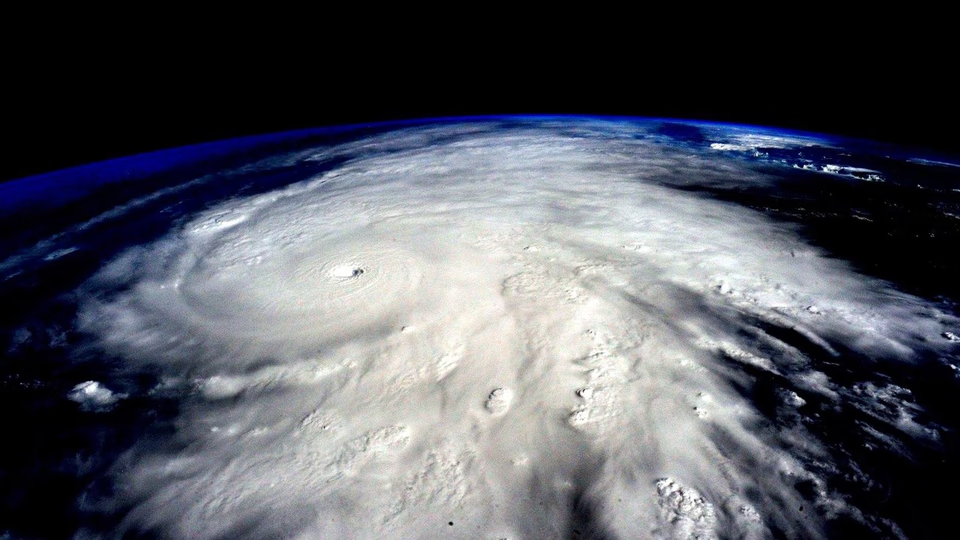Already a subscriber? Make sure to log into your account before viewing this content. You can access your account by hitting the “login” button on the top right corner. Still unable to see the content after signing in? Make sure your card on file is up-to-date.
US government weather forecasters have warned that the 2024 hurricane season may be “extraordinary,” potentially producing up to seven major hurricanes.
Rick Spinrad, the administrator of the US National Oceanic and Atmospheric Administration (NOAA), stated that there might be between four to seven major hurricanes out of a projected eight to thirteen hurricanes stemming from an expected 17 to 25 named tropical storms. This forecast surpasses the projections made before the 2005 hurricane season, including hurricanes Katrina and Rita.

Aligning with other early outlooks, the Colorado State University forecast, issued in April, anticipated five major hurricanes out of eleven total hurricanes from 23 named tropical storms. Similarly, private forecaster AccuWeather has suggested a 10-15% chance of over 30 named storms for the 2024 season.
Typically, an average hurricane season results in 14 named storms with winds of at least 39 miles per hour, seven of which become hurricanes with winds exceeding 74 mph, and three escalating to major hurricanes with wind speeds over 111 mph.
According to lead forecaster Matthew Rosencrans, the current forecast predicts even higher ranges, attributing this increase to warm sea temperatures and decreasing wind shear conditions anticipated during the peak of the hurricane season in August and September.

2023 saw three major hurricanes out of seven, marking the fourth-highest count since 1950. The most impactful of these, Hurricane Idalia, severely affected Florida’s west coast, making landfall as a Category 3 hurricane. Rosencrans noted that the current forecast’s high range surpasses any previous projections.






